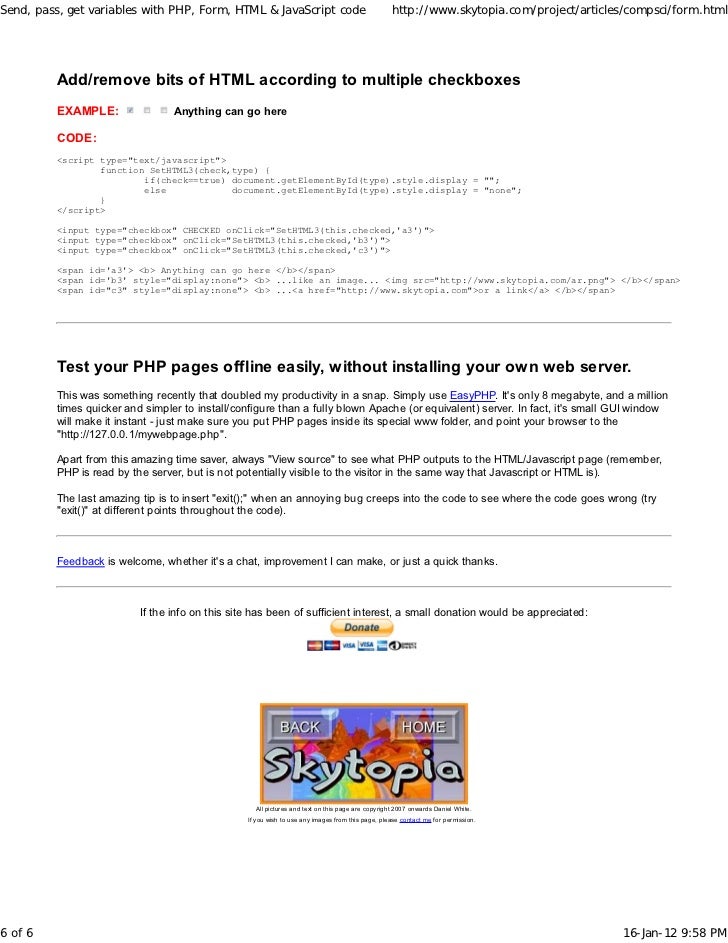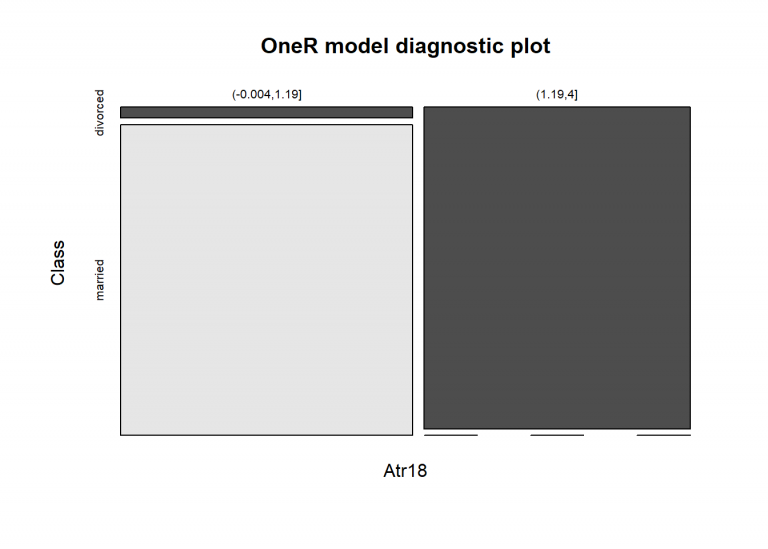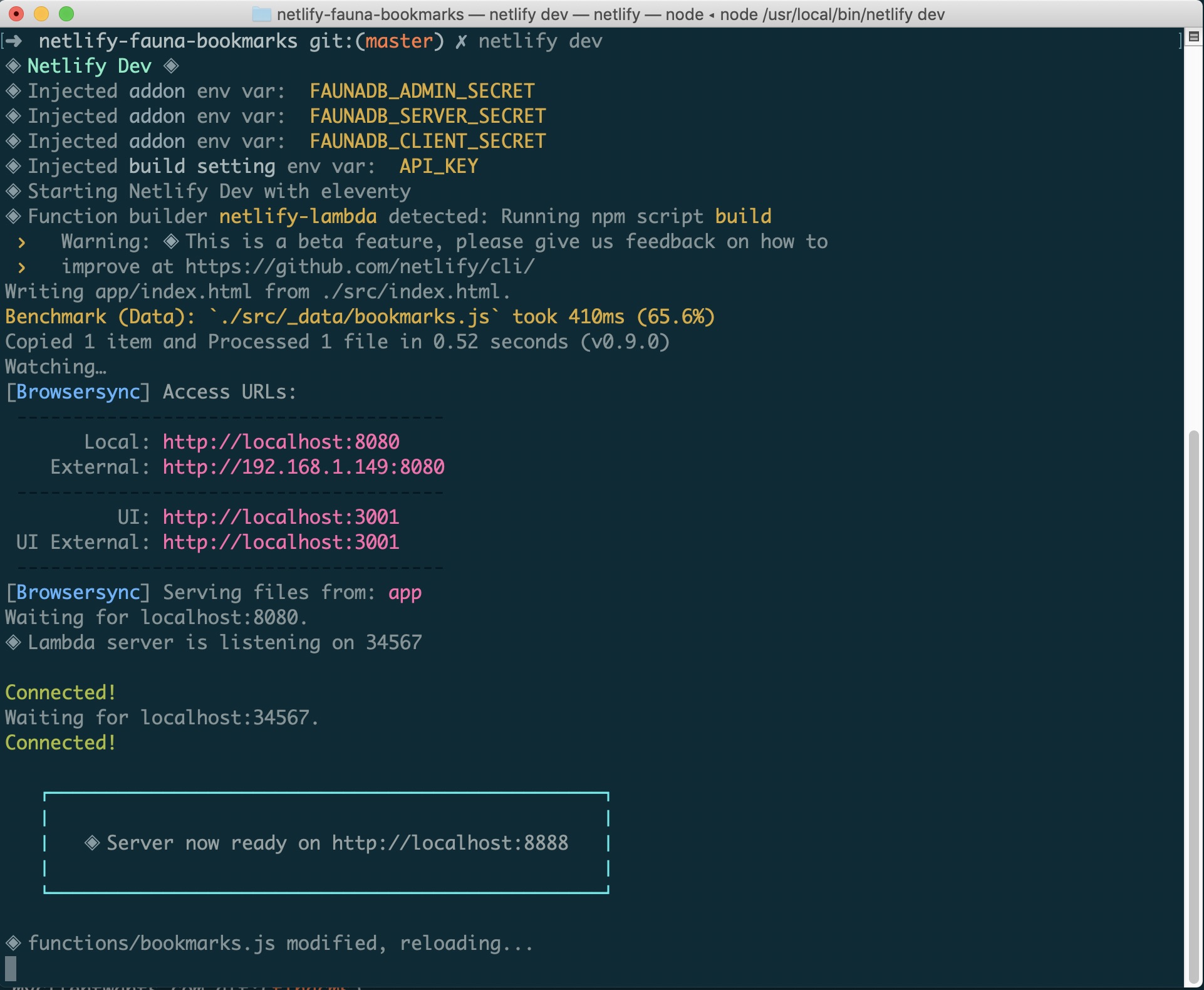Environment variables frequently work on the backend given that that's the place code runs. But what in case your software lives within the user's browser? In some cases, you would possibly construct a server whose endpoint holds the required parameters. Another workaround is to make use of PHP to inject the setting variables as globals within the JavaScript code. Both of those possibilities work, however it could be perfect to inject the setting variables as a half of the container construct process. That way, you do not must vary the codebase, and also you may nonetheless ship the appliance content material utilizing a static net server like NGINX.
This brings us to the subsequent declaration that you simply see within the code block above, the method object. If you could have put up a creation construct of a Node application, you then could have probably needed to set the port for the setting variable. The setting variable env is component to the method object which is one different global.
You can entry variables on the method object in any file in your venture since it can be global. If this object was not global, the console object wouldn't be accessible from any file either, bear in mind it truly is an object that refers again to the method object. Users with out Decrypt permissions can nonetheless handle functions, however they will not view atmosphere variables or handle them within the Lambda console. To ward off a consumer from viewing atmosphere variables, add a press release to the user's permissions that denies entry to the default key, a purchaser managed key, or all keys.
The dotenv.config() perform from the dotenv npm package deal will examine the .env file, assign the variables to process.env, and return an object containing the content. Run the code utilizing node server.js and you'll see the message "Your port is 8626". The atmosphere variables are being examine by the dotenv code within the config.js file. Your server.js file imports the module in config.js and extracts the port variable. It does not matter which JavaScript framework you use—React, Angular, or Vue.js—because all of them work just about the identical way.
The framework runs a server that watches the files, and it refreshes the browser when a change is detected. This course of is superb for improvement functions however not most for creation servers. All of that code requires too many assets to run.
For the appliance content material to work in an internet server, we'd like a construct step that minimizes the code and maintains solely the required parts. We can then create a package deal deal employing a single net page that accommodates all the application's HTML, JavaScript, and CSS. When a container runs in a manufacturing environment, it must serve this minified package. One perform typically counseled by builders designing and implementing present day purposes recommends that your code must fail fast.
If an sudden error occurs, don't attempt to manage it, slightly let your program crash and have a supervisor restart it in a number of seconds. The advantages of supervisor packages should not only confined to restarting crashed programs. These resources permit you to restart this system on crash, in addition to restart them when some recordsdata change. This makes creating Node.js packages a way extra nice experience. You can use surroundings variables to customise operate conduct in your take a look at surroundings and creation environment.
For example, it is easy to create two capabilities with the identical code however distinct configurations. One perform connects to a take a look at database, and the opposite connects to a creation database. In this situation, you employ setting variables to inform the perform the hostname and different connection particulars for the database. This opens up an array of the approach to configure distinct features of your Node.js application. Let's modify server.js as soon as again, this time to import the config.js module and use it to entry our surroundings variables. Replace the contents of server.js with the next code.
The code shows the preliminary worth of the PORT surroundings variable, which can be undefined. Then it requires the dotenv package deal and executes its config function, which reads the .env file and units the surroundings variables. A typical case can be the bottom URL in your API, which can differ counting on whether or not you're testing the appliance or deploying it into production. Developers normally remedy this quandary utilizing surroundings variables.
You can use surroundings variables to regulate your function's conduct with out updating code. An surroundings variable is a pair of strings that's saved in a function's version-specific configuration. You can run your node app applying the — require ( -r ) command line choice to preload dotenv.
The following command will preload all setting variables from the file .env applying dotenv and make them out there in your app. So you've now eliminated all references to dotenv out of your code. After you've got modified theconfig.jsonfile, you'll tweak the NGINX server to inject the setting variables. To do so, you'll have to create a script to be executed earlier than beginning the NGINX server. Next, you'll edit the Dockerfile to inject your setting variables.
First, you will overwrite the content material of your unique config.json file, then you will tweak the NGINX server to inject the atmosphere variables. What I haven't talked about but is a different means you could make a variable global. The rationale I even have excluded this is often why it isn't a correct means of establishing a variable. If you declare a variable in a file with no employing the key phrase var after which assign a worth to it, the worldwide object will set a property for this variable. This course of fundamentally turns it right into a globally accessible variable. I strongly advise in opposition to employing this process although because it isn't the correct approach to go about creating globals.
Node handles these duties by operating asynchronously, which suggests that analyzing consumer enter from a terminal isn't so basic as calling a getInput() function. In this article, we'll present you a basic approach spherical that through the use of a valuable Node module. When you apply surroundings variables with the update-function-configuration command, your complete contents of the Variables construction is replaced. To retain present surroundings variables while you add a brand new one, contain all present values in your request.
There's additionally an alternate module founded on dotenv to make loading atmosphere variables extra convenient. This command-line device will load a .env file, initialize the values making use of dotenv, after which execute your script. DotEnv is a light-weight npm package deal that mechanically masses atmosphere variables from a .env file into the process.env object. For extra information, see Managing permissions to your server-side encryption KMS key. If you prefer, you can still present an AWS KMS buyer managed key instead.
You would possibly do that to have handle over rotation of the KMS key or to satisfy the necessities of your company for managing KMS keys. When you employ a buyer managed key, solely customers in your account with entry to the KMS key can view or handle setting variables on the function. You might write your personal code to search out the file, parse it, and skim them into your Node.js app. Or you would look to npm and discover a easy technique to learn the variables into your Node.js app in a single fell swoop. You'd most likely run throughout the dotenv package deal on npm, which is a favourite of mine and what I advise you use. Reading setting variables is quite regular in software program development.
It's a useful strategy to cowl safety considerations and even gives you the comfort to set configuration parameters in your application. Once you've got created a Dockerfile following these steps, you may reuse it for any of your JavaScript projects. All the variables within the config.json will change automatically, and also you will not have to consider them anymore. You can discover the full supply code and examples for the Angular, React, and Vue.js purposes used listed here on GitHub.
For this process, you'll use a container to create the creation adaptation of the application. Docker will then copy this construct function's output right into a second container, an NGINX server. Once the second container is created, you discard the primary container. What's left is the NGINX server with the minimal set of records from the prior stage. Once you finished the initialization process, your package.json will comprise a "main" property.
This property shops the appliance entry point, which is "index.js". The software entry level is the principle file Node.js will seek when operating your software code. You can use any file identify you want, however we'll use the default "index.js" on this quickstart. To disambiguate in your webpack.config.js between improvement and creation builds you could use setting variables.
In some cases, it's your decision a hook earlier than each experiment in each file. Previous to v8.0.0, the best method to perform this was to make use of --file mixed with root hooks . This nonetheless works in v8.0.0, however not when operating exams in parallel mode! For that reason, operating root hooks employing this method is strongly discouraged, and should be deprecated within the future.
Lambda runtimes set a number of setting variables throughout initialization. Most of the setting variables present details concerning the perform or runtime. The keys for these setting variables are reserved and can't be set in your perform configuration.
The code above will set or override the worth of MY_VARIABLE. However, remember that this worth is simply set through the execution of this Node.js course of and solely obtainable in baby processes spawned by this process. Overall, you ought to avert overriding setting variables as a lot as doable and simply initialize a configuration variable, as proven within the PORT example. You can entry setting variables in Node.js exact out of the box.
When your Node.js course of boots up, it'll immediately grant entry to all present setting variables by creating an env object inside the method world object. Have you considered the way you may entry these setting variables within the cloud? I need my code to not attempt to learn a file as a result of if I take it to the cloud, I need these options to not also have a .env file.
This will add the dotenv package deal deal and its recordsdata to your node_modules folder and create an entry in your package.json file for dotenv. You can be setting a port quantity for an Express server. Often the port in a special atmosphere (e.g.; staging, testing, production) could must be modified founded on insurance policies and to steer clear of conflicts with different apps.
As a developer, you shouldn't care about this, and really, you don't want to. Here is how one can use an atmosphere variable in code to seize the port. You construct your Node.js apps to work initially in your computer. You know it's necessary that apps additionally work in all places they ought to run.
This might be in your colleagues' computers, inner organisation servers, cloud servers, or inside a container . Note that some packages comparable to Create React App already incorporate DotEnv, and cloud companies might have diverse technique of setting surroundings variables all together. So ensure you test the documentation for any packages or companies you're utilizing earlier than you comply with any recommendation on this article. In this article, I'll take the results of these tutorials as a place to begin to establish surroundings variables utilizing JSON files.
Remember, the API key's saved in an atmosphere variable, so that you should use the process.env() way to entry and assign it making use of the helper library's setApiKey() method. The helper library will move your key to the API in an Authorization header making use of Bearer token authentication. All of the above pointed out use instances are inbuilt to Node and are world for a reason.
The similar could be stated of the timer module which includes a few features which are central and will be accessible anyplace with out having to require it. If you wish to gain knowledge of extra concerning the prevailing world objects constructed into Node, I encourage you to go to the official documentation on Globals. In the code snippet above, we will see that there are two variables, fileScope and localScope.
The variable fileScope would be modified or referred to as from wherever inside this file, whereas the localScope variable solely exists contained in the operate doSomething(). I'm yes at this level you're questioning what this has to do with world variables. When we discuss world variables, they exist for all the data in a program which means they've world scope for the program. Pass it a component id string and it'll return both HTMLElement or null . This way introduces one among crucial types, HTMLElement.
It serves because the bottom interface for each different component interface. For example, the p variable within the code instance is of sort HTMLParagraphElement. This is since the tactic can't be sure pre-runtime if it'll likely be ready to truly discover the required component or not. In the final line of the code snippet, the brand new optionally available chaining operator is utilized in an effort to name appendChild.
While operating unit exams you could also make yes that to load your surroundings variables the identical approach Next.js does by leveraging the loadEnvConfig operate from the @next/env package. Typically, you don't desire to envision these records into supply control. So whenever you create one, simply add .env to your .gitignore file. With loads of Twilio demo purposes .env.example files, you could then copy them to .env records and set the values yourself. Having an .env.example or related file is a standard perform for those who wish to share a template file with different folks within the project.



























No comments:
Post a Comment
Note: Only a member of this blog may post a comment.